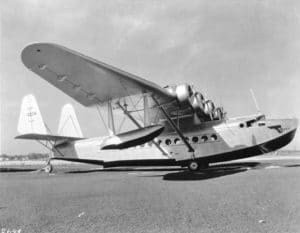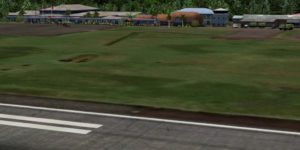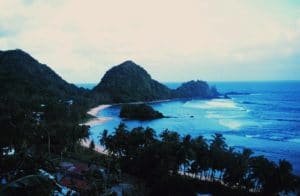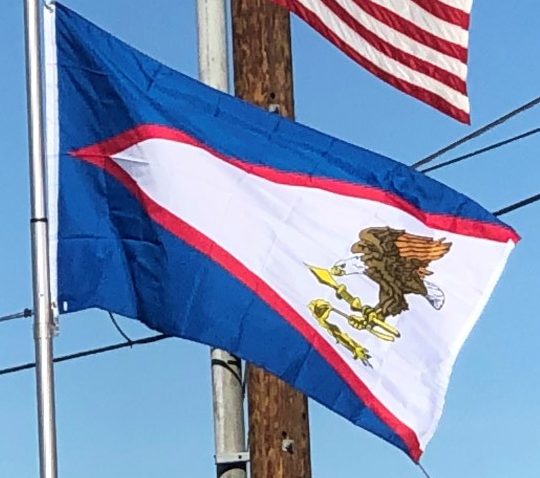
World War II and Aftermath:
During World War II, U.S. Marines stationed in Samoa outnumbered the local population and had a huge cultural influence. Young Samoan men from age 14 and above were combat trained by U.S. military personnel. Samoans served in various capacities during World War II, including as combatants, medical personnel, code personnel, and ship repairmen.
In 1949, Organic Act 4500, a U.S. Department of Interior-sponsored attempt to incorporate American Samoa, was introduced in Congress. It was ultimately defeated, primarily through the efforts of Samoan chiefs, led by Tuiasosopo Mariota. The efforts of these chiefs led to the creation of a territorial legislature, the American Samoa Fono, which meets in the village of Fagatogo.
1951–1999:
By 1956, the U.S. Navy-appointed governor was replaced by Peter Tali Coleman, who was locally elected. Although technically considered “unorganized” since the U.S. Congress has not passed an Organic Act for the territory, American Samoa is self-governing under a constitution that became effective on July 1, 1967. The U.S. Territory of American Samoa is on the United Nations list of Non-Self-Governing Territories, a listing which is disputed by the territorial government officials, who do consider themselves to be self-governing.
American Samoa and Pago Pago International Airport had historic significance with the Apollo Program.

The astronaut crews of Apollo 10, 12, 13, 14, and 17 were retrieved a few hundred miles from Pago Pago and transported by helicopter to the airport prior to being flown to Honolulu on C-141 Starlifter military aircraft.
While the two Samoas share language and ethnicity, their cultures have recently followed different paths, with American Samoans often emigrating to Hawaiʻi and the US mainland, and adopting many US customs, such as the playing of American football and baseball. Samoans have tended to emigrate instead to New Zealand, whose influence has made the sports of rugby and cricket more popular in the western Samoan islands. Travel writer Paul Theroux noted that there were marked differences between the societies in Samoa and American Samoa.
21st Century:
Because of economic hardship, military service has been seen as an opportunity in American Samoa and other US Overseas territories. This has meant that there has been a disproportionate number of casualties per population compared to other parts of the United States. As of March 23, 2009, ten American Samoans had died in Iraq, and two had died in Afghanistan.
Geography:
American Samoa’s total land area is 76.1 square miles consisting of five rugged, volcanic islands and two coral atolls. The five volcanic islands are Tutuila, Aunu’u, Ofu, Olosega, and Ta‘ū. The coral atolls are Swains and Rose Atoll. Of the seven islands, Rose Atoll is the only uninhabited one; it is a Marine National Monument.

Due to its positioning in the South Pacific Ocean, it is frequently hit by tropical cyclones between November and April. Rose Atoll is the easternmost point of the territory. American Samoa is the southernmost part of the United States, and Rose Atoll is the southernmost point of the United States. American Samoa is home to the National Park of American Samoa.
